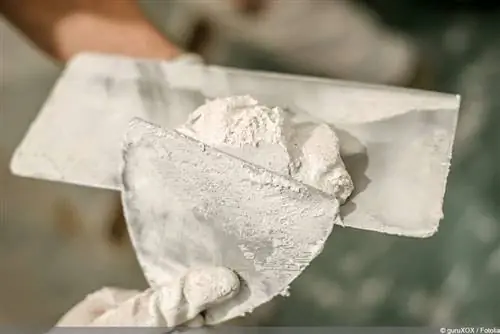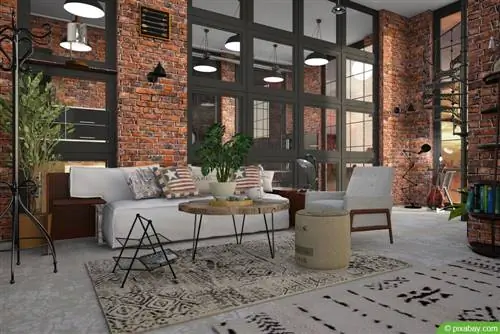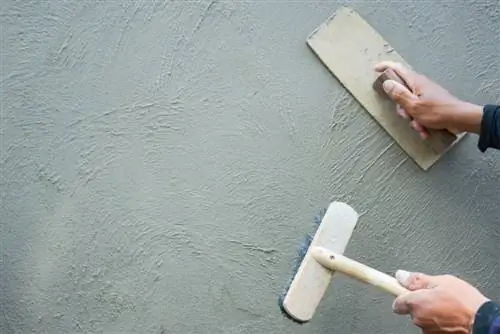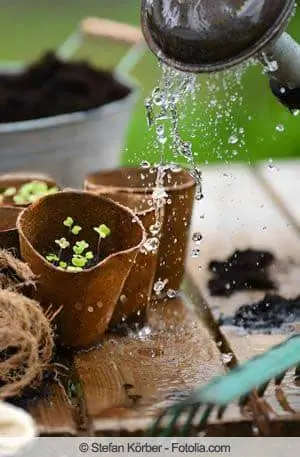- Author admin [email protected].
- Public 2023-12-17 03:39.
- Last modified 2025-01-24 12:45.
If mold appears in one place on the wall or ceiling, then the infestation should be investigated. Mold infestation may look unsightly, but the he alth problems that could arise from it are far worse. Almost every fifth household has to deal with mold infestation these days. How to remove it correctly, including from the plaster, is explained in the following article.
Assessment of damage
The first step is to get an overview of the damage. Is the mold infestation only in one corner of the room or are several corners affected?Or has the entire wall or ceiling already been infected, because the mold infestation can also start behind wallpaper and not show itself at all at the beginning. It is therefore important to check the entire room for mold if there is an infestation in corners, on the ceiling or from the floor, as well as the adjacent rooms. However, in 80% of all cases of mold infestation, the traces cannot be seen on the surface. Therefore, attention should also be paid to the following clues:
- Ceilings and walls are covered
- Spores could have formed underneath
- There is a musty smell throughout the room
- Condensation forms on the windows
- Mold infestation behind large cupboards
- small spots with spores appear in corners
- the mold is deep underneath
If only the spores that are on the surface of the wall are removed with a brush, then the mold is still not removed. Because this sits deeper in the wall and in the plaster, the visible spores, on the other hand, are just the proverbial “drop in the ocean”. Therefore, in this way the mold infestation is not removed and the spores appear again in the same place within a few days.
Tip:
Since the cause of mold growth on a ceiling can indicate a defective gutter or even holes in the roof, it is possible that other rooms are affected. Mold rising from below usually indicates a problem with rising groundwater and can spread to several rooms in the house.
Stop the spread of spores

If the mold infestation was only discovered in one room, then the spread of the spores should be contained. Otherwise, the spores will not be released during the renovation work and can spread to other, previously unaffected rooms in the house. Therefore, the following protective measures should be taken here:
- Completely seal off the renovation area
- Set up the foil wall all around
- Close and tape doors to adjoining rooms
- Ventilate the room well through the window
Self-protection
If traces of mold have to be removed, no matter how small the affected areas are, then self-protection must be the absolute priority. Inhaling even small amounts of the mold spores that come off during removal can lead to significant he alth problems. But the mold fighting agents are always based on a high chemical basis and protection should also be taken against this. Therefore, when protecting yourself, you should pay attention to the following:
- basically protect hands, mucous membranes and eyes
- Full body suits in well-stocked specialist shops
- Protective glasses for the eyes
- Mouth and nose protection for the mucous membranes
- non-permeable gloves
Tip:
It is also helpful to seek advice from a specialist before removing the mold spores. If you want to eliminate the infestation yourself, you can read the mold guide provided by the Federal Environment Agency in advance. (Points TRBA 450, 460 and 500 are particularly important)
Remove wallpaper
If there is wallpaper on the affected wall or ceiling, it should be carefully lifted. There can also be hidden, infected areas underneath that have not yet emerged to the outside and are located deep in the plaster. If the entire wall is infected, then all of the wallpaper must also be removed. To ensure that the spores do not spread throughout the house when removing the wallpaper, special care must be taken. Therefore, the wallpaper should be removed from the wall as follows:
- never just tear it off the wall
- Spores are stirred up unnecessarily
- work should be carried out with minimal dust
- Soak wallpaper in advance with a spore absorber
- After the exposure time, carefully remove the wallpaper
- pack directly airtight
- dispose of in residual waste
Tip:
Just as effective but cheaper, the infected wallpaper can also be coated with highly diluted paste, which then also binds the spores well so that they cannot spread throughout the room.
Removing mold from plaster
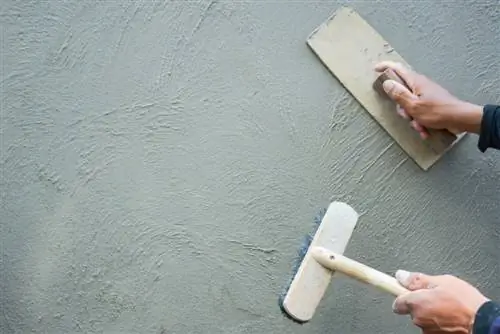
If the plaster from the wallpaper is exposed, then it can be treated. For small areas, the surface can be rubbed with a firm brush and then simply applied a mildew remover from a specialist retailer. After a few days, the mold infestation can no longer be seen. If the area is overgrown with mold over a large area, the top layer of plaster must be milled off. This work is usually carried out by a specialist, but with the right equipment you can also do it yourself. You should proceed as follows:
- Rent the milling device and suction device from a specialist retailer
- Ideally work in pairs
- the plaster is milled and vacuumed at the same time
- It is important that dust does not spread
- all affected plaster has been removed, apply mold agent
- Do not plaster the wall again immediately
- get to the bottom of the cause first
Not only should the affected plaster be removed thoroughly, the area around the area should also be milled off. Because the mold spores can have already spread unnoticed.
Tip:
If the plaster on the wall has been affected by mold spores from the inside, then the cause is usually in the masonry, into which water has probably entered.
Cleaning
After successful control, not only the infested room but also the surrounding rooms are carefully cleaned. It is always possible that the spores have already settled on furniture, floors or walls and ceilings. To ensure that these cannot continue to develop here, thorough cleaning should be carried out. The procedure is as follows:
- use pure alcohol or spirit
- wipe all smooth surfaces of furniture carefully
- also pay attention to the back wall of cupboards and wall units
- Upholstery, wash if possible
Tip:
Especially if wooden or upholstered furniture has stood in front of a wall affected by mold, it must be treated carefully. However, if the damage is very extensive and the mold spores have already penetrated deeply, especially into the upholstery, removal is no longer an option but often only disposal.
Looking at success
If the cause of the mold formation is not eliminated, then newly applied plaster will quickly be affected by the mold spores again and must then be removed again. It is therefore better to observe the affected wall for several days to weeks after the plaster has been removed to see whether suspicious traces appear again, even after the cause has already been found. Even if the mold infestation has been eliminated yourself, it is advisable to call in an expert who can measure the room air for additional spores and thus determine exactly whether the mold infestation has been completely removed.
Get to the bottom of the cause

If mold spreads in a corner or even over a large area on an entire wall, then there is always a cause that should be investigated. Mold spores primarily need moisture in order to spread. Visible mold infestation can be quickly eliminated by removing it, but this success is only short-lived if the cause cannot be found. The following causes can exist for mold infestation on the ceiling, the wall and also in several rooms:
- Rainwater can regularly run into the wall
- Rain gutter or roof defective
- Cracks from the outside in a house wall
- no drainage around the house
- Groundwater penetrates the wall from below
- condensation forms on windows
- then it may be due to ventilation
Especially if there is mold in the bathroom or kitchen, then in the future the window should be opened wide for ten minutes regularly in the morning and evening as well as after every shower, bath and cooking. Replacing the windows often helps if they are outdated models.
Tip:
If living conditions are good, for example moisture that penetrates from outside, a mold only needs five days to establish itself.
Re-plastering
Of course, the previously affected wall has to be plastered again and possibly wallpapered. But this work takes time, because only when the wall or ceiling has been completely freed from the infestation and no new spores have settled again should plastering be carried out. After plastering, a special paint from a specialist retailer is applied to prevent new mold from forming. Only then is the desired wall color or wallpaper used.


